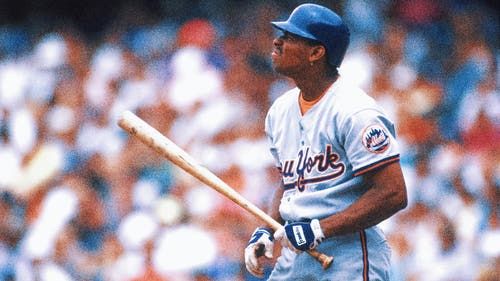
Recipe for beating Spring Training blues: Proper diet
Anti-inflammatory foods, buckets of water and adequate rest can replace Advil for MLB athletes in training camp.
Early in spring training, new muscles get sore, balls hit shins and dudes get generally nicked up. Among the most popular locations for player congregation in spring training, is the training room.
Guys frequent this comfort zone to escape the lingering stares of the media, to bitch and moan about their ailments and to BS about that day’s game. Perhaps the No. 1 reason players stroll out of the clubhouse and into their medical haven is to cop the MLB clear-cut drug of choice, Ibuprofen.
I have crystal recollections of taking 12 Advil a day for weeks at a time, particularly in spring training, when trying to make and impression. Guys will do almost anything to put the pain to the side to focus on performance.
Too many throws, swings of the bat, face first slams into dirt, full-speed collisions with the wall – players’ bodies hurt so badly that they feel they have no choice. A couple of Ibuprofen before batting practice is thought to take the edge off and let them get out there to do the same thing the next day.
Most people view non-steroidal anti-inflammatory drugs (NSAIDs) like Advil, Aleve, and Aspirin as safe, mainly because they are widely available without a prescription.
However, a 2010 study out of Denmark found that usage of these drugs increased the risk of ischemic strokes and myocardial infarction (heart attack.)
The moment I fully digested these risks, I knew I desired the opportunity to stop taking pills of any kind. Toward the end of my career, I discovered the benefits of anti-inflammatory foods, and I was able to stop taking Advil but still keep going onto the field.
When my body is beat up, I saturate my system with the foods below:
All of these foods have strong anti-inflammatory properties, while additionally providing a plethora of peripheral nutritional benefits.
I regularly attempt to incorporate all of these items into my diet, but I increase them drastically at the first sign of any stiffness, soreness or pain. And when does that first sign of soreness come for MLB players? Day one of spring training.
Inflammation can be cumulative, so at its onset, these men should be reaching for the kale and cutting out the refined sugars.
Here’s the science behind the inflammatory elements of refined sugar from Claudia Luevano-Contreras and Karen Chapman-Novakofski from a study on Dietary Advanced Glycation End Products and Aging:
"Advanced glycation end products (AGEs) are a heterogeneous, complex group of compounds that are formed when reducing sugar reacts in a non-enzymatic way with amino acids in proteins and other macromolecules… The deleterious effects of AGEs in different tissues are attributed to their chemical, pro-oxidant, and inflammatory actions… After activation, NF-κB translocates to the nucleus where it will activate the transcription of genes for cytokines, growth factors and adhesive molecules, such as tumor necrosis factor α (TNFα), interleukin 6 (Il-6), well known inflammation promoters, and vascular cell adhesion molecule 1 (VCAM1). NF-κB activation increases RAGE expression, creating a positive feedback cycle that enhances the production of inflammation promoters.”
That’s a lot of words to express something simple. Sugar = inflammation = pain.
It’s extraordinarily difficult for athletes to perform during spring training when they’re navigating their days in pain. Those moments at the plate, on the mound, with jobs hanging in the balance should be stepped into with clarity, free of inflammation.
Athletes, listen up: Eat healthy foods conducive to pain reduction, not Advil.










